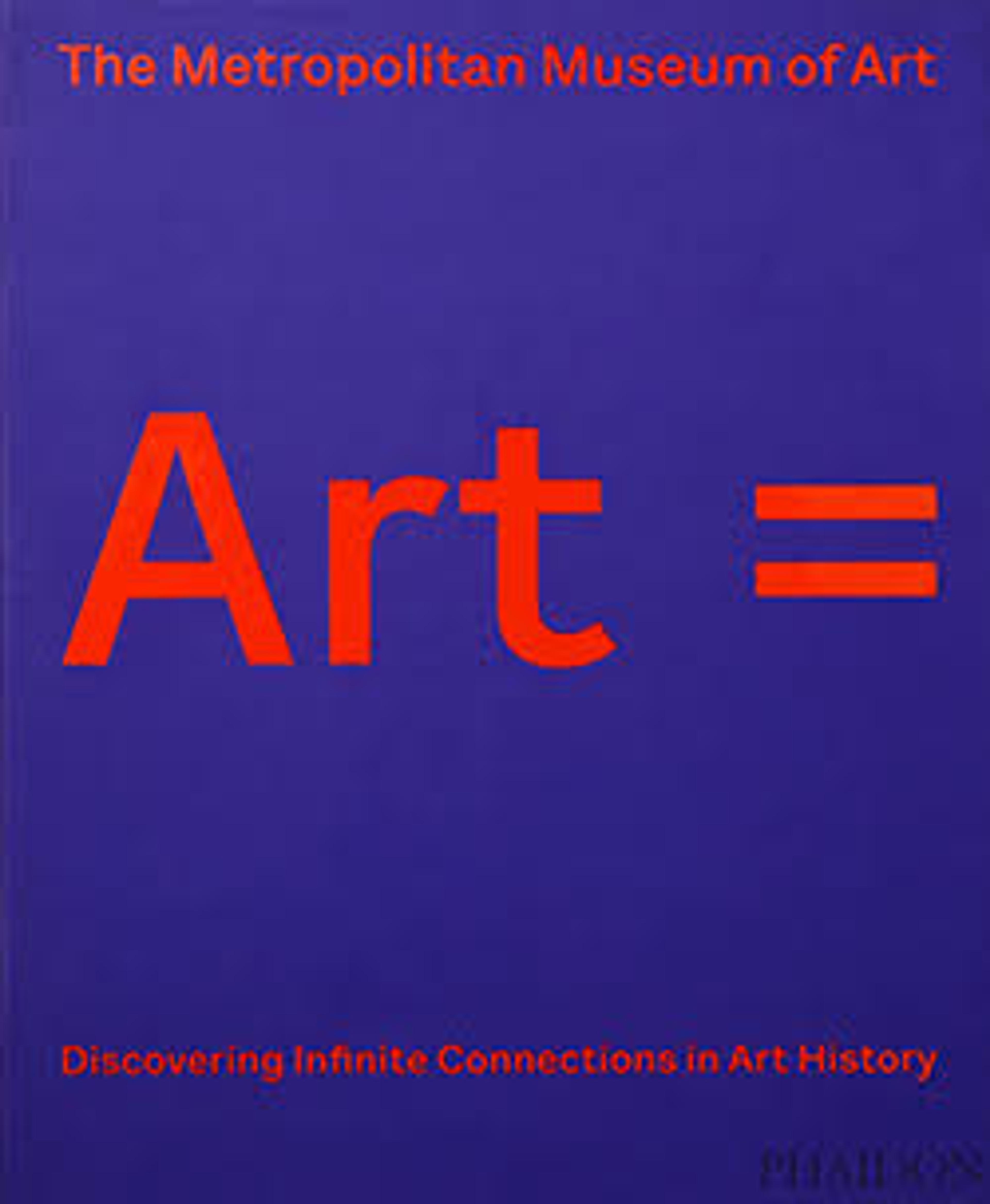Terracotta female figure
This tau-type (named for its resemblance to the shape of the Greek letter tau) figurine has the conventional hollow, columnar stem with the head rendered somewhat larger in proportion to the body. Characteristically, the figure is high waisted with arms, rendered as singly applied strips of clay, folded neatly over the breasts. She wears a long garment, simply decorated with two vertical lines down the front and back. The figurine's coiffure is particularly distinct, with a plait that is rendered over the top of the headdress and down the back of the neck. A fringe of hair peeks out from under the edge of an elaborately festooned polos.
Most of the clay human figures made on the Greek mainland in the fourteenth and thirteenth centuries bce are female and stand in conventional poses with their arms raised, crossed, or held at the sides. Produced in great numbers, such miniature statuettes have been discovered in graves, sanctuaries, and domestic shrines. In general, scholars associate them with the cult of a female deity, and believe they represent either goddesses or worshippers.
Most of the clay human figures made on the Greek mainland in the fourteenth and thirteenth centuries bce are female and stand in conventional poses with their arms raised, crossed, or held at the sides. Produced in great numbers, such miniature statuettes have been discovered in graves, sanctuaries, and domestic shrines. In general, scholars associate them with the cult of a female deity, and believe they represent either goddesses or worshippers.
Artwork Details
- Title: Terracotta female figure
- Period: Late Helladic IIIA
- Date: ca. 1400–1300 BCE
- Culture: Helladic, Mycenaean
- Medium: Terracotta
- Dimensions: H. 4 1/4 in. (10.8 m)
- Classification: Terracottas
- Credit Line: Fletcher Fund, 1935
- Object Number: 35.11.16
- Curatorial Department: Greek and Roman Art
More Artwork
Research Resources
The Met provides unparalleled resources for research and welcomes an international community of students and scholars. The Met's Open Access API is where creators and researchers can connect to the The Met collection. Open Access data and public domain images are available for unrestricted commercial and noncommercial use without permission or fee.
To request images under copyright and other restrictions, please use this Image Request form.
Feedback
We continue to research and examine historical and cultural context for objects in The Met collection. If you have comments or questions about this object record, please contact us using the form below. The Museum looks forward to receiving your comments.
